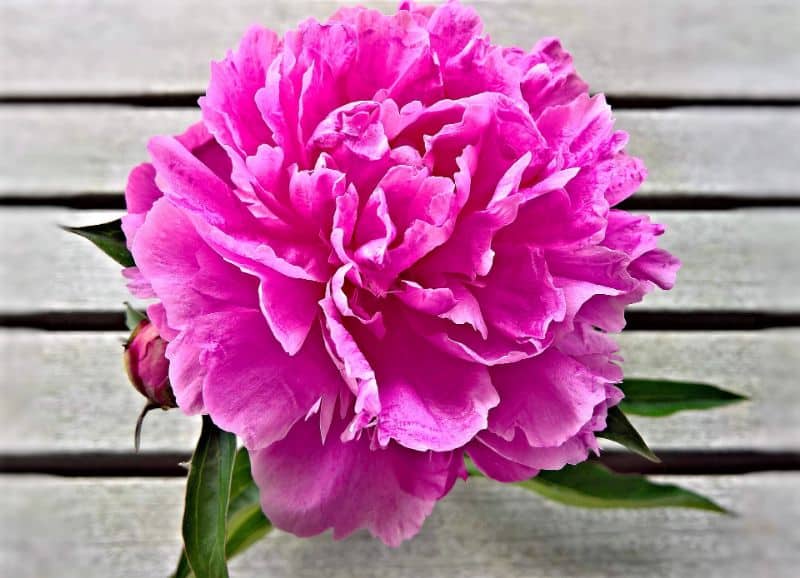For gardeners who want to add a touch of drama to their landscaping, big blooms are the way to go. From dinner-plate dahlias to tree peonies the size of saucers, these five species pack a serious punch when it comes to flower power. Keep reading to learn more about each one.
Tree Peony (Paeonia suffruticosa)
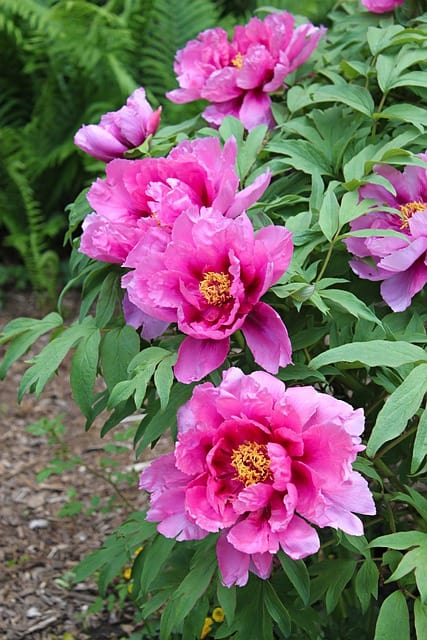
A favorite of Chinese emperors, tree peonies are large shrubs that bloom in late spring or early summer. The flowers can be white, pink, or red and often have a pleasing fragrance. While most varieties grow to be about 6 feet tall and wide, some specimens can reach up to 12 feet in height. Tree peonies are best suited for USDA hardiness zones 4-9.
Oriental Poppy (Papaver orientale)
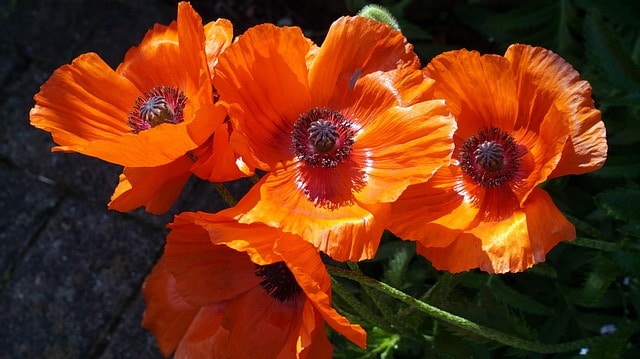
With its vibrant orange or red petals and black center, the Oriental poppy is impossible to miss. These striking plants usually grow to be about 2-3 feet tall and wide and bloom in early summer. Oriental poppies do best in USDA hardiness zones 4-8. Note that they are not frost-tolerant and should be planted after all danger of frost has passed.
Hydrangea (Hydrangea spp.)
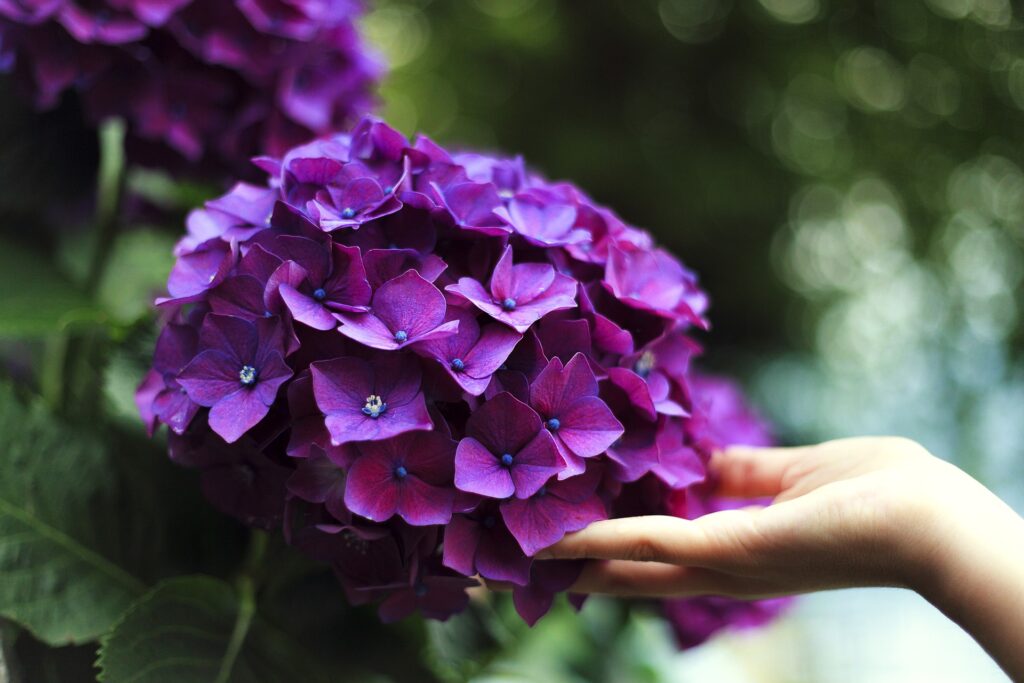
There’s no mistaking a hydrangea bush in full bloom. These popular plants are known for their large clusters of pink, blue, purple, or white flowers. Hydrangeas typically grow to be 3-6 feet tall and wide and bloom from mid-summer to early fall. They are suitable for USDA hardiness zones 3-9.
Dinner-plate Dahlia (Dahlia hybrids)
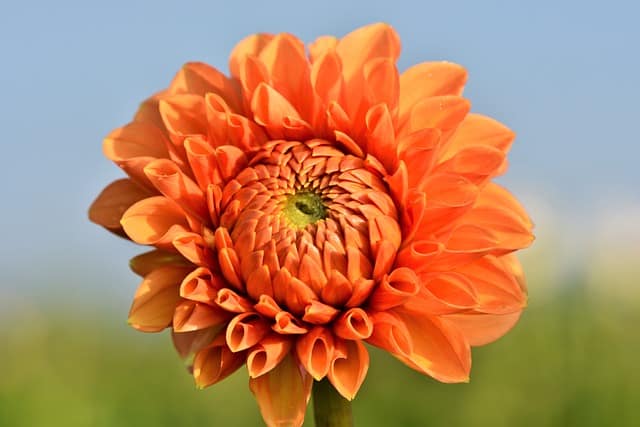
As their name suggests, dinner-plate dahlias boast huge blooms—some varieties measure a whopping 10 inches across! These showy flowers come in a range of colors including white, yellow, pink, red, and purple. Dinner-plate dahlias typically grow 2-4 feet tall and wide and bloom from midsummer until the first frost hits. They do best in USDA hardiness zones 8-10.
Giant Water Lily (Nymphaeaceae Genera)
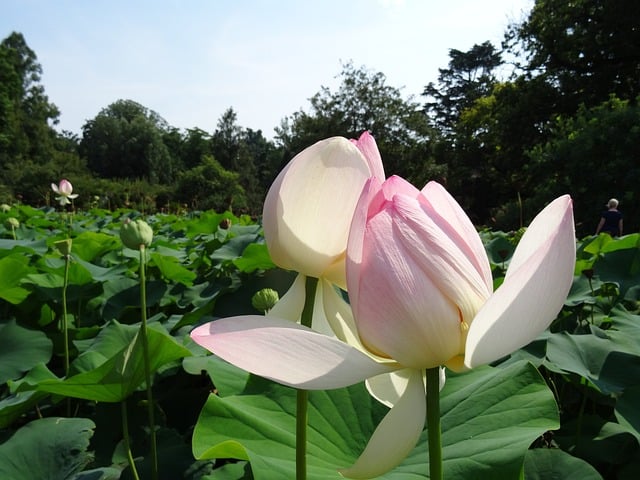
With blooms that can span up to 3 feet across, giant water lilies definitely live up to their name! These eye-catching flowers come in shades of white, yellow, blue, and pink and float atop large ponds or lakes. Giant water lilies typically bloom from late spring until early fall and do best in USDA hardiness zones 4-11.
Orienpet Lily (Lilium Orania)
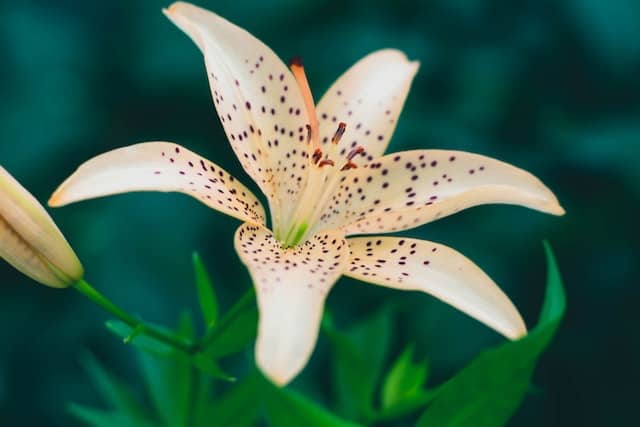
These tall, regal lilies can grow up to six feet tall and produce spectacular blooms that are up to eight inches wide! Orienpet lilies come in a variety of colors including white, yellow, orange, and pink. While they do require full sun to thrive, they are relatively low-maintenance and are perfect for adding a touch of elegance to any garden.
Amaryllis (Hippeastrum group)
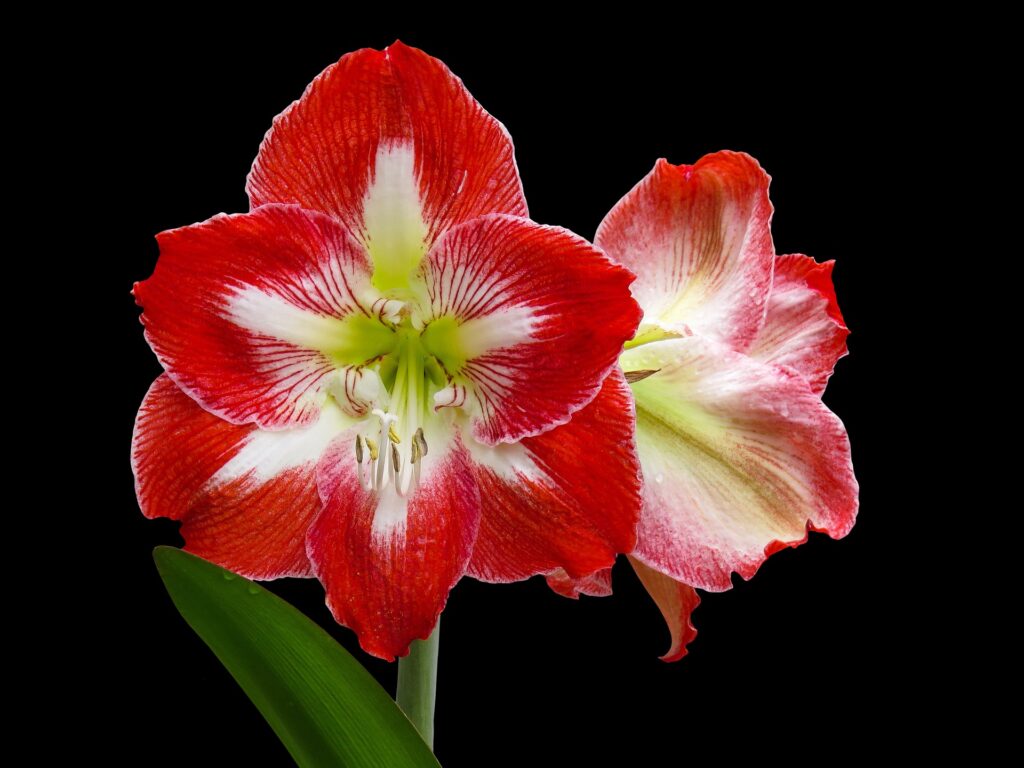
Amaryllis are bulb plants that produce large, showy flowers on long stalks. They come in a range of colors including white, pink, red, and orange and typically bloom in late winter or early spring. Amaryllis prefer partial sun but can tolerate full sun as long as they have access to water. These plants are relatively easy to care for but should be kept out of reach of curious pets as all parts of the plant are toxic if ingested.
Common Sunflower (Helianthus annuus)

There’s a reason these cheerful flowers are so common—they’re easy to grow and make a great addition to any garden! Common sunflowers can reach heights of six feet or more and their large blooms can be up to eight inches across. As their name suggests, common sunflowers prefer full sun but will tolerate partial shade. They’re also quite drought-tolerant once they’re established, making them a great choice for hot, dry climates.
Hardy Hibiscus (Hibiscus moscheutos)

Hardy hibiscus is a deciduous shrub that produces huge blooms—some varieties boast flowers that are up to 10 inches across! These beautiful flowers come in a range of colors including white, pink, purple, and red and bloom from summer through fall. Hardy hibiscus prefer full sun but will tolerant partial shade; however, they require regular watering during periods of drought.
Moonflower (Ipomoea alba)
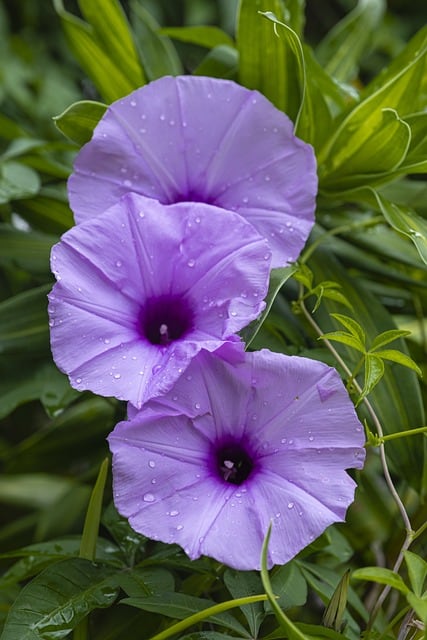
Moonflowers are an annual vine that produce large, fragrant blooms that open at night and close during the day. The blooms can be up to six inches wide and come in shades of white or pale pink. Moonflowers prefer partial sun but will tolerate full sun as long as they have access water. These plants are fast-growing and relatively easy to care for; however, they only last one growing season so you’ll need to replant them each year if you want them in your garden permanently.
English Rose (Rosa hybrids)
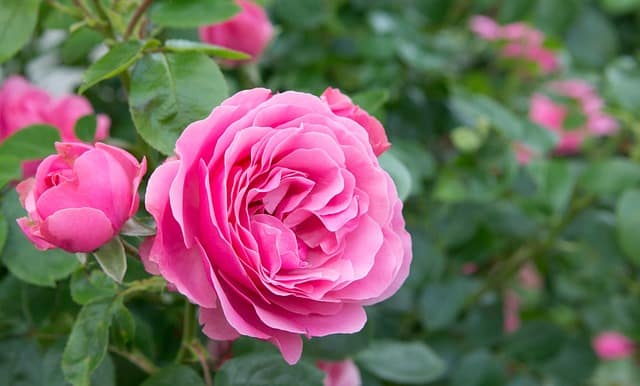
The English rose is a classic choice for any garden. These roses are available in a wide range of colors, and their distinctive fragrance makes them a popular choice for cut flowers. Although English roses require some care and maintenance, their showy blooms are well worth the effort.
King Protea (Protea cynaroides)
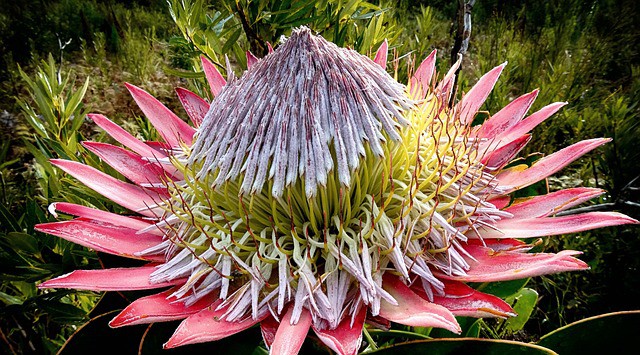
The king protea is native to South Africa, and it’s the national flower of that country. This striking plant gets its name from its resemblance to a King’s crown, and its large blooms make it a real stunner. Unfortunately, king proteas are not widely available in the United States, but they can be ordered online from specialty nurseries.
Cockscomb (Celosia argentea var. cristata)

Cockscombs are annual plants that are known for their unique appearance. As their name implies, their flowers resemble the comb on a rooster’s head. Cockscombs come in a variety of colors, including red, yellow, and purple. They’re easy to grow from seed, so they’re a great choice for beginner gardeners.
Butterfly Bush (Buddleia davidii)
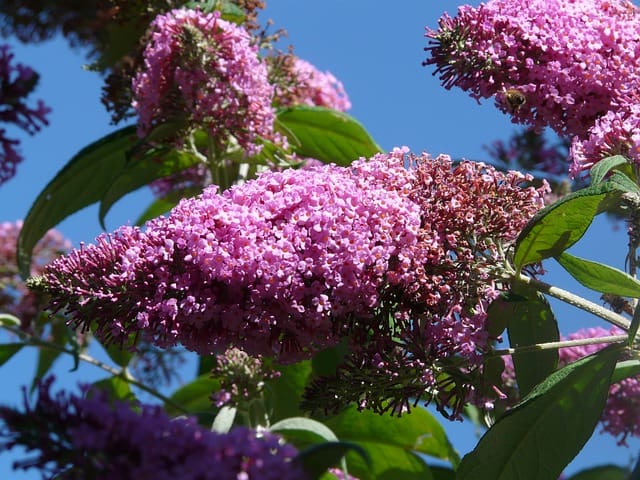
Butterfly bushes arenamed for their ability to attract butterflies and other pollinators to the garden. These fast-growing shrubs produce an abundance of colorful flowers from summer through fall. Butterfly bushes are generally easy to care for, but they do require regular pruning to keep them under control.
Camellia (Camellia spp.)
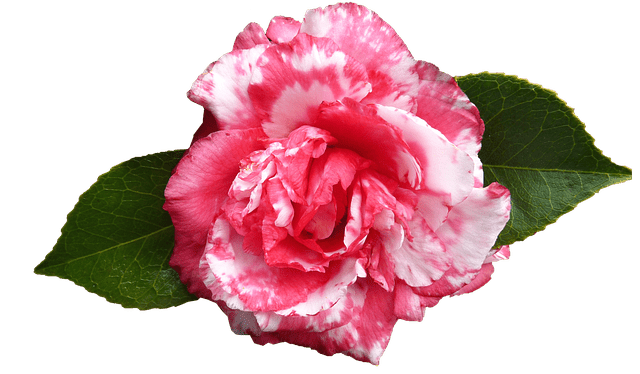
Camellias are evergreen shrubs or small trees that originate from Asia. They produce beautiful flowers that can be white, pink, or red in color. Camellias prefer shady locations and acidic soils, so they’re often used as foundation plantings beneath taller trees.


